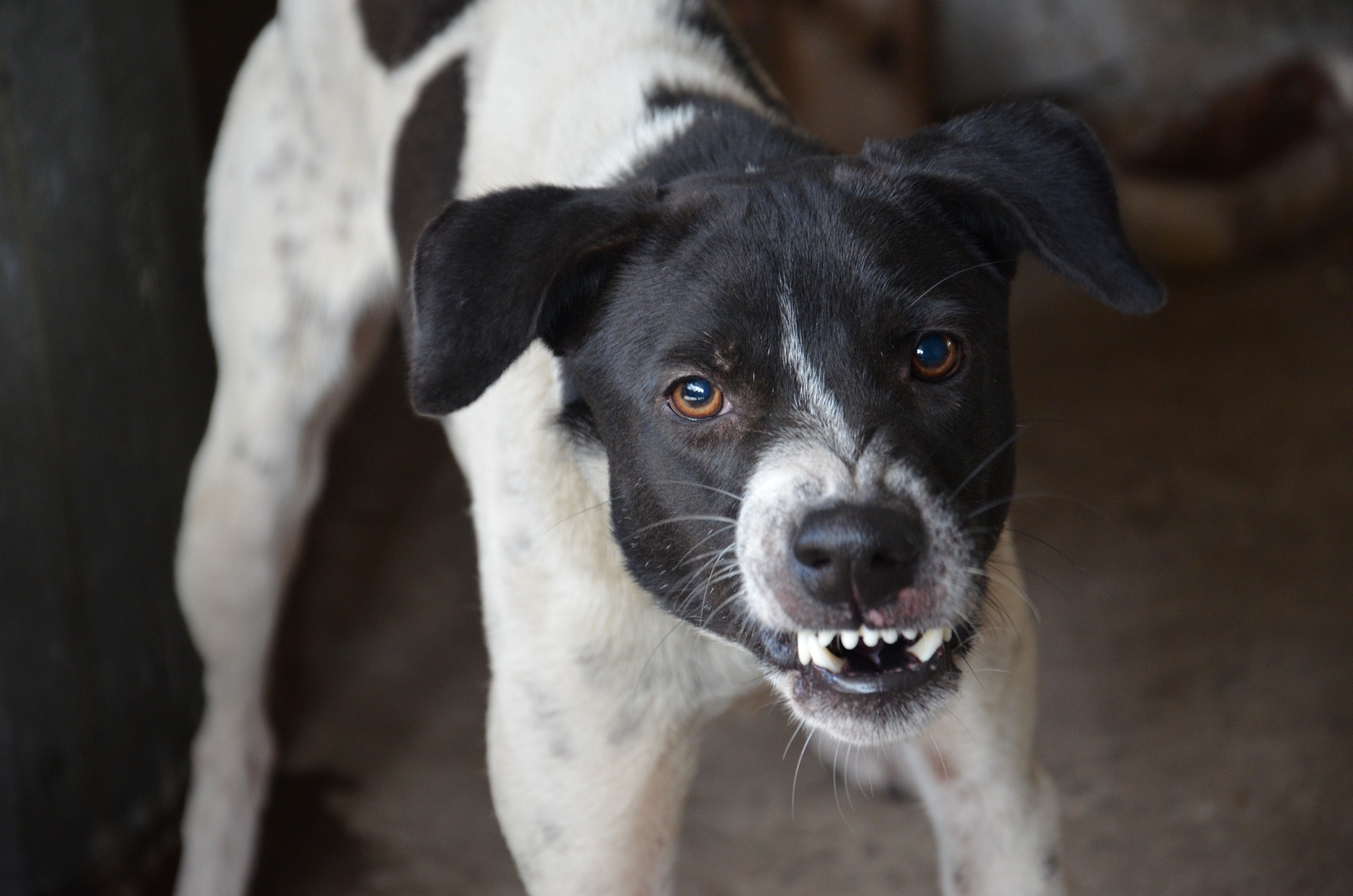Even an otherwise well-trained dog can come off as aggressive or scary to others if they tend to growl around new people. Growling is a near-universally understood sign in the animal kingdom that whoever is growling is unhappy, unpredictable, and potentially dangerous. If your dog growls and you want to change this behavior, an excellent place to start is finding out what is causing them to act this way. While the growling itself might be an unwanted behavior, growling is usually a response to stress or discomfort in your dog’s life. To bring some happiness into your pup’s life and make them appear friendlier and more inviting to strangers, let’s learn the root causes of dog growls and how to counteract them.
Can You Train Your Dog To Stop Growling?
Dogs can do some amazing things when their owners take the time to train them patiently. Growling, however, is not something that can usually be fixed without addressing the underlying problem. As growling is typically a response to fear, stress, or anger, removing these feelings is a much more efficient use of time and is better for your dog’s overall well-being, even if growl training is theoretically possible.
As a dog owner, the first thing to remember is that growling is not a behavior that is punished or scolded. Similar to a rattlesnake making itself known through the rattle of its tail, a dog growl is an early warning sign that something is not right and that your dog might act irrationally or dangerously. While the growl (or rattle) can itself be scary, it is better than the alternative: a strike, bite, or attack without warning.
Dog Growling Common Scenarios
By learning different reasons why your dog might be growling, you can identify the cause and help alleviate their stress whenever the time comes.
Playful Growling – While this growling is not often mistaken as aggressive, it should still be noted that dogs can growl in positive and enriching ways. When dogs are engaged in play with other dogs or chasing after and biting toys, it is not uncommon for them to growl as a side effect of higher levels of activity or simply for communication. Negative forms of growling often come with obvious body language that can help you determine if they are in a playful mood or serious distress.
Unknown People Or Animals – Growling is one of many potential responses to new dangers or unknown variables in your dog’s life. If a new person or puppy is brought into the home, your dog might initially react negatively. Any dog that can not handle meeting new people should gradually be socialized, as this behavior makes daily life stressful for you and your pup. The basics of socialization training are allowing your dog to meet new people and animals in a safe and controlled location that provides ample room to retreat or keep their distance if possible. Through extended exposure, treats, and positive reinforcement, your dog should come to like (or begrudgingly accept) new faces in the home.
Illness – Dogs with an undiagnosed illness or disease can feel immense pain that causes stress all throughout the day. If your dog suddenly growls and displays aggressive behavior towards people it was once friendly with, contact a vet immediately to determine if an underlying illness is causing the behavior change.
Protectiveness – Dogs can growl when they feel protective over people or items. In a household with many animals, a dog might be overly protective over a bone or toy because it is one of the only things it feels like it has control over. You should provide ample toys and amenities so that no dogs in your care feel like they have t fight over resources.
Growling isn’t something you should want your dog never to do. It provides an insight into their mood and helps you address their underlying problems. If you need help training your dog with any basic commands or addressing behavior problems, call the professional team at Gulf Coast K9 Dog Training in Bradenton. We are here to help





